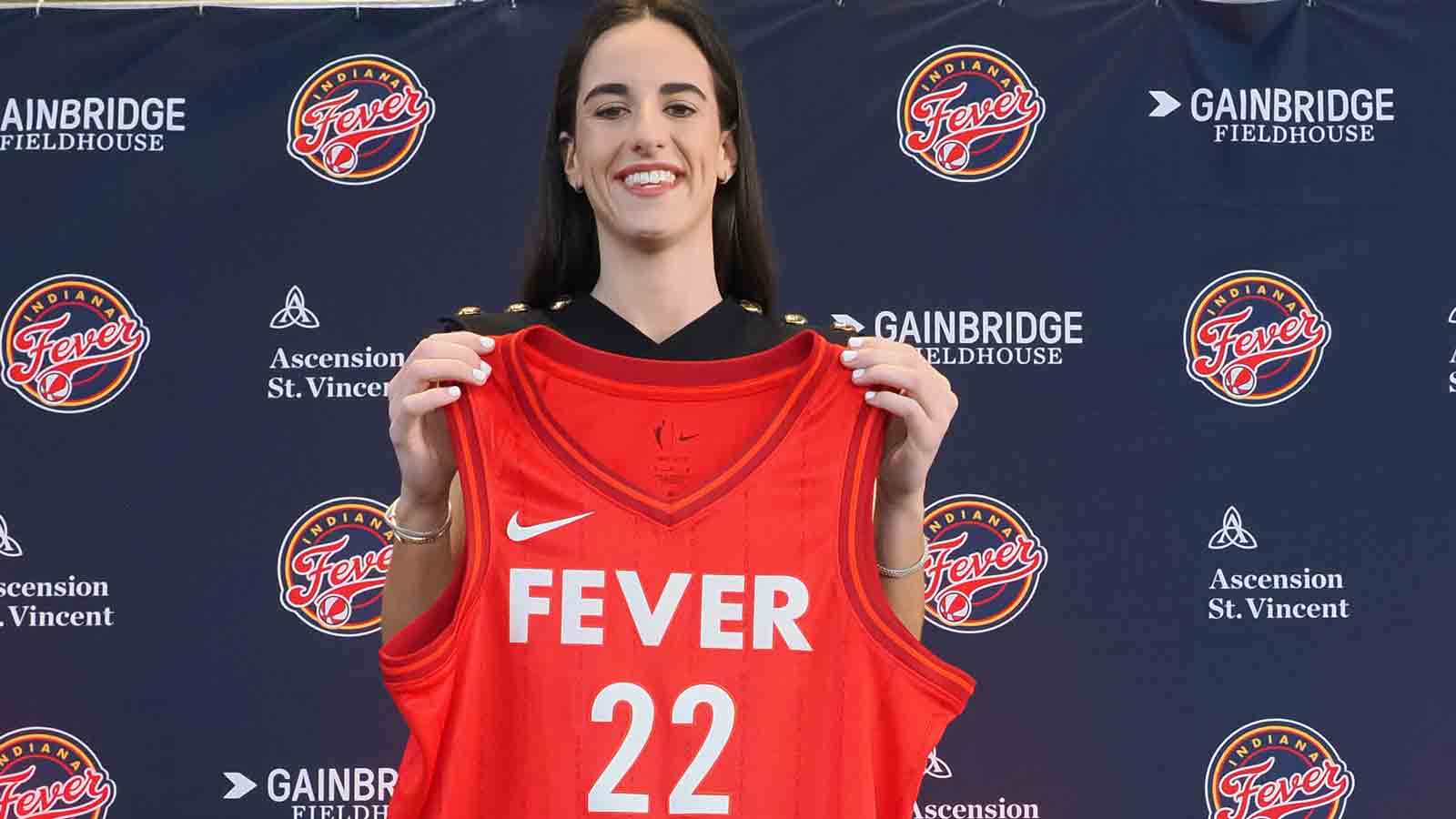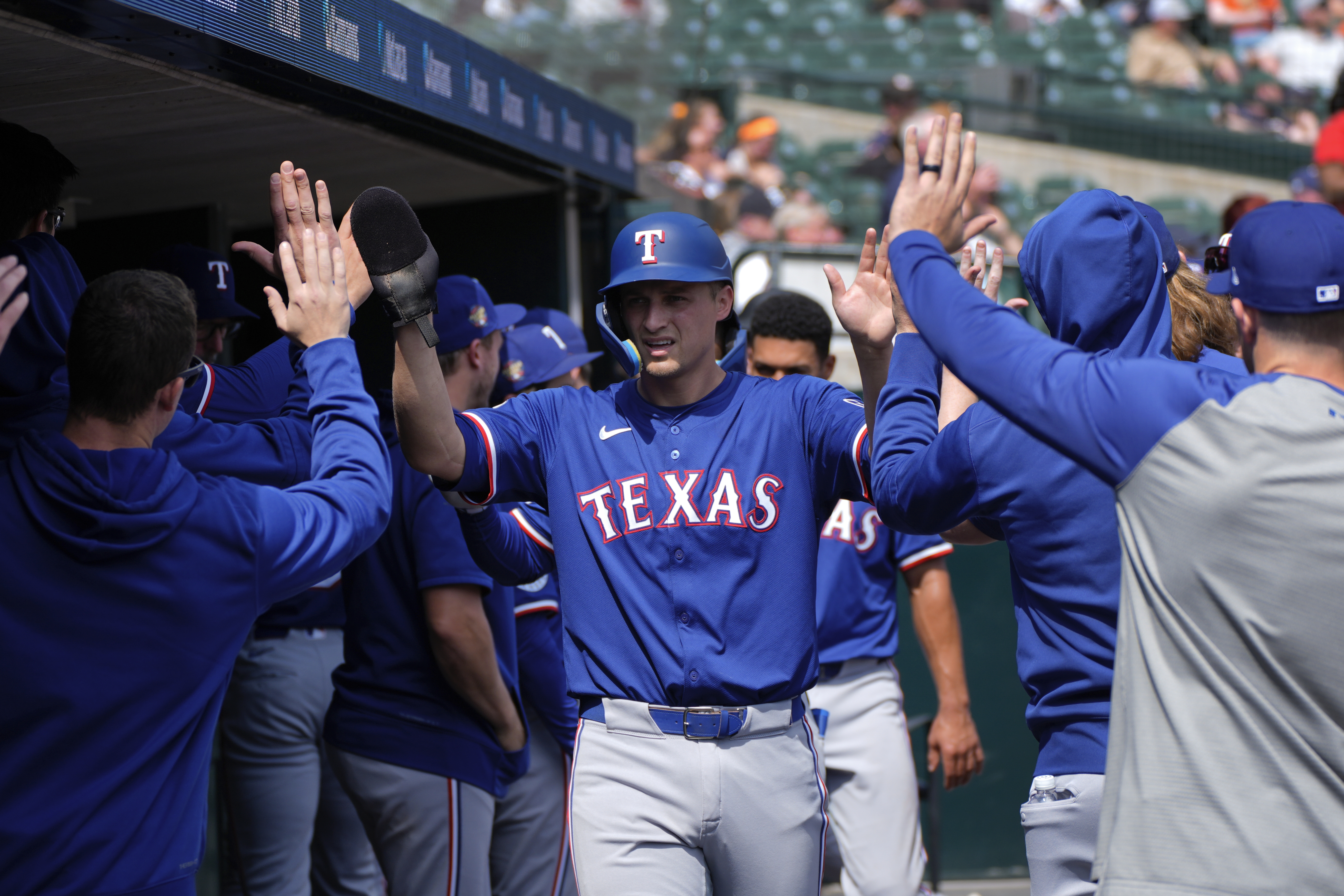With my “What to Watch” and “Key Matchups” articles in mind, here’s a mini-game plan for the Cowboys heading into Bank of America Stadium to face the Panthers on Sunday. . .
Run right-handed formations.
The Panthers’ top pass-rusher—defensive end Charles Johsnon—lines up on the left side of Carolina’s defenses on nearly nine out of 10 snaps. That means he’ll work primarily on right tackle Doug Free—advantage Carolina. By running “right-handed” formations on which tight end Jason Witten lines up next to Free, the Cowboys will be able to more effectively double-team Johnson.
Plus, Witten should stay in to block more often anyway. After blocking on over 25 percent of pass plays in the past three seasons, that number is down to just 15.5 percent for Witten in 2012. As I explained earlier this week, keeping Witten in as a blocker could provide Tony Romo with the protection he needs to get the ball downfield. Remember, Romo threw only one pass that traveled at least 20 yards against the Ravens.
Sports Connection
Connecting you to your favorite North Texas sports teams as well as sports news around the globe.
Utilize “11” personnel.
The Cowboys had a lot of success running with heavy personnel last week. That’s a trend that probably won’t last. Even though the Panthers’ run defense is sub-par—ranked 23rd in the league in efficiency—the ‘Boys have historically had more success running from spread formations.
More importantly, utilizing “11” personnel—one running back, one tight end, and three receivers—will get Carolina nickel cornerback Captain Munnerlyn on the field. Munnerlyn is having a so-so season, allowing a 75.0 percent completion rate and 7.19 YPA. He'll be matched up on Miles Austin, though, and I think that’s a battle the receiver will win. Austin, at 6’2’’ and 217 pounds, should be able to overpower the 5’8’’, 186-pound Munnerlyn. I’d love to see the Cowboys run Austin up the seam from the slot and let him outmuscle Munnerlyn on a jump ball.
Call zone blitzes.
Almost all blitzes are accompanied by man coverage—in the form of either Cover 1 or Cover 0—because there aren’t enough defenders in coverage to play a solid zone. Zone blitzes, on the other hand, allow for zone coverage behind a blitz look because an atypical defender drops into coverage. When you see Orlando Scandrick blitz from the slot and Anthony Spencer drop into his area, chances are it was a zone blitz.
The Cowboys desperately need to put pressure on Cam Newton. Newton has a 40.6 completion percentage when pressured this year, and he’s susceptible to sacks and turnovers when he gets flustered. Traditional blitzes can leave defenses vulnerable to big runs from the quarterback, however, because the secondary usually has their backs turned to the passer. By zone blitzing, the Cowboys can potentially still pressure Newton without giving him additional opportunities to beat them with his legs.
Jonathan Bales is the founder of The DC Times. He writes for DallasCowboys.com and the New York Times. He's also the author of Fantasy Football for Smart People: How to Dominate Your Draft.
Copyright FREEL - NBC Local Media



